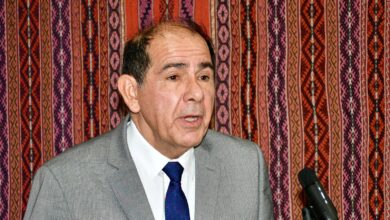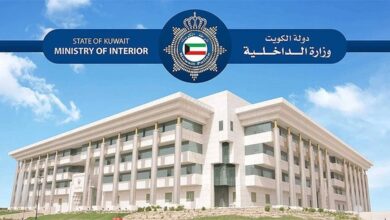
In a landmark regulatory development, the Capital Markets Authority (CMA) has announced the launch of the ‘Qualified Broker’ model and the issuance of the first-ever license for a clearing agency to provide Central Clearing Counterparty (CCP) services, marking the most significant legislative and regulatory transformation in the Kuwaiti financial market since its formal regulation began in the early 1980s.
This strategic initiative is part of the CMA’s broader plan to strengthen market infrastructure, enhance efficiency and transparency, and position Kuwait’s financial market as a more competitive player regionally and globally, according to news agencies.
As part of this transformation, the CMA granted preliminary approvals to nine brokerage firms to operate under the new “qualified broker” framework. It also issued the first license to a firm to operate as a “central broker” — a new activity in the local market designed to revolutionize post-trade operations.
This regulatory shift is a key component of the second part of Phase III of the Capital Market System Development Program, which aims to boost governance, reduce systemic risks, and increase investor confidence.
The transformation was made possible through extensive coordination between the CMA and major market players, including the Central Bank of Kuwait, Boursa Kuwait, local banks, investment companies, and the clearing agency. The goal was to ensure readiness across all technical and operational systems prior to launch.
The CMA developed a comprehensive regulatory and legislative framework governing the activities of both qualified and central brokers. Licensing applications were reviewed according to strict standards outlined in the Executive Regulations of Law No. 7 of 2010 and its amendments. Authorities worked closely to ensure seamless integration of systems and the timely issuance of licenses.
The CMA emphasized that the license granted to the clearing agency to provide central broker services represents a qualitative leap in Kuwait’s post-trade infrastructure. This model improves settlement efficiency, enhances collateral management, and significantly reduces counterparty risk—factors that are essential for maintaining liquidity and market stability.
The introduction of this model also opens new avenues for expanding financial products and services and creates a safer environment for both local and foreign investors.
The initiative was supported by intensive cooperation with the banking sector to ensure the technical integration of systems related to fund movements and order execution. This collaboration led to the activation of an accounting mechanism for trading through local banks, marking a key step toward improved operational transparency and efficiency.
The launch of the qualified and central broker models aligns with the CMA’s long-term vision to enhance Kuwait’s capital market readiness, promote best global practices, and provide an investment environment that is safe, fair, and operationally efficient.
These developments not only strengthen investor confidence but also reinforce Kuwait’s position as a credible and attractive regional financial hub. The reforms directly support the objectives of Kuwait Vision 2035, which aims to transform the country into a competitive center for finance and commerce, driving sustainable economic growth.












